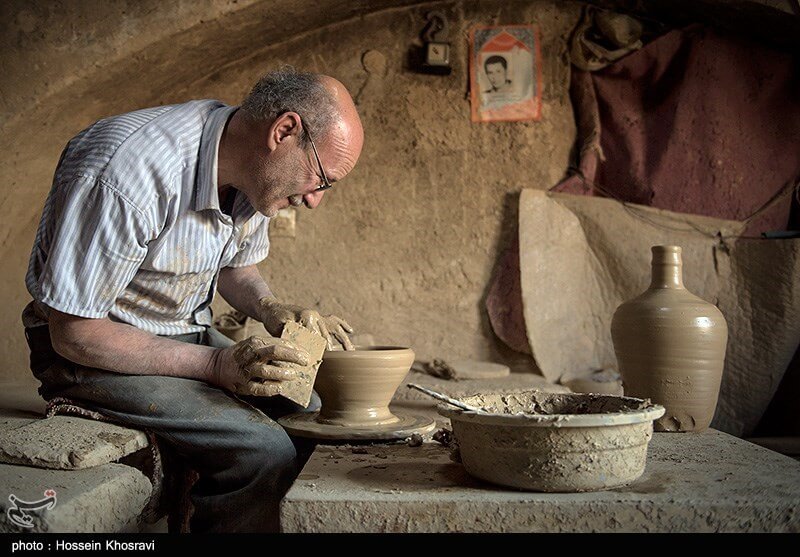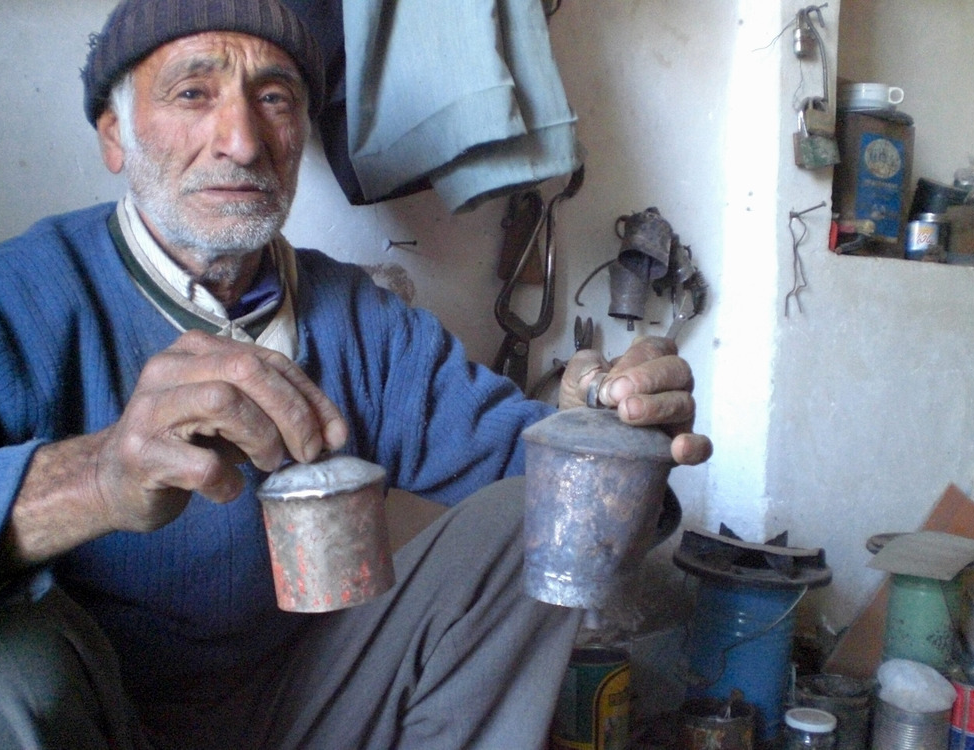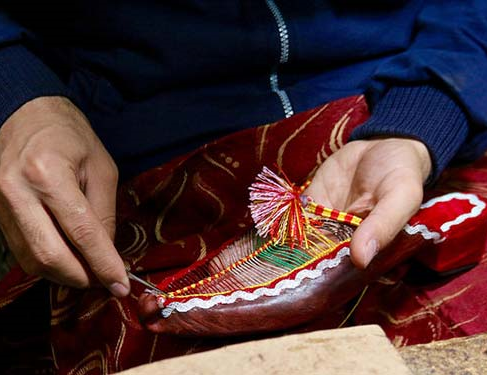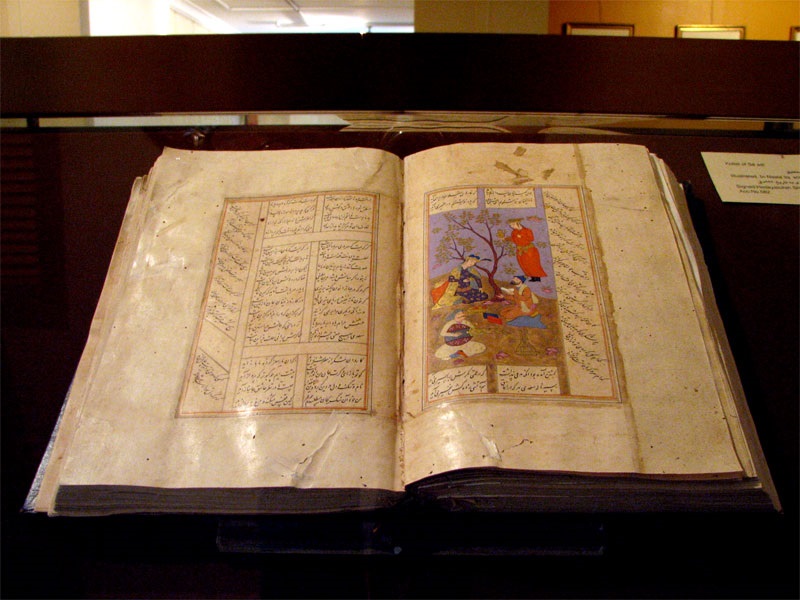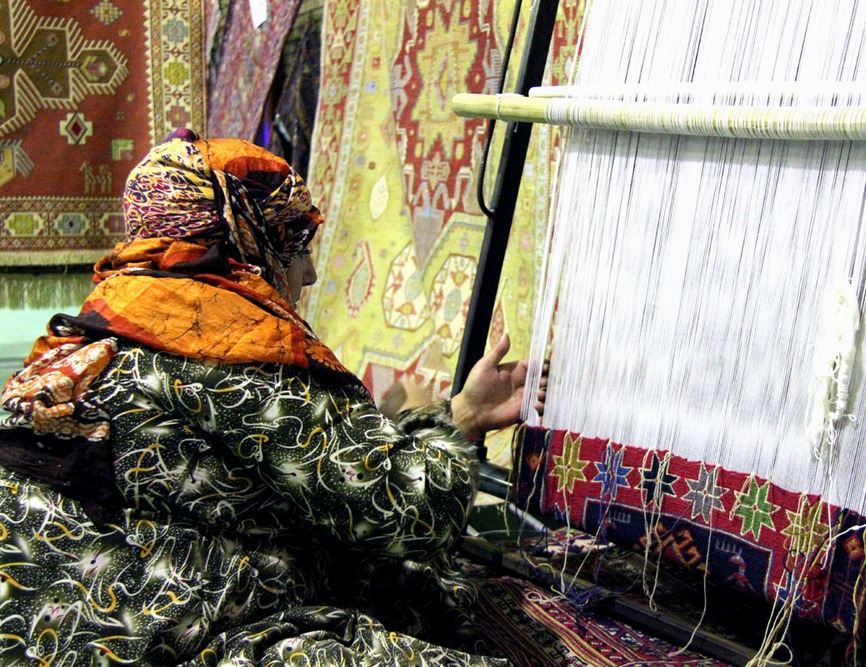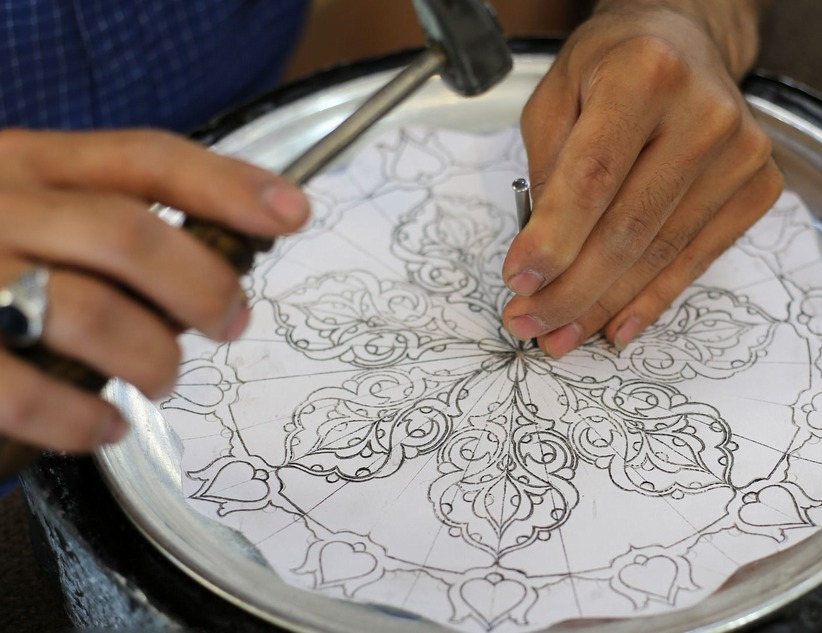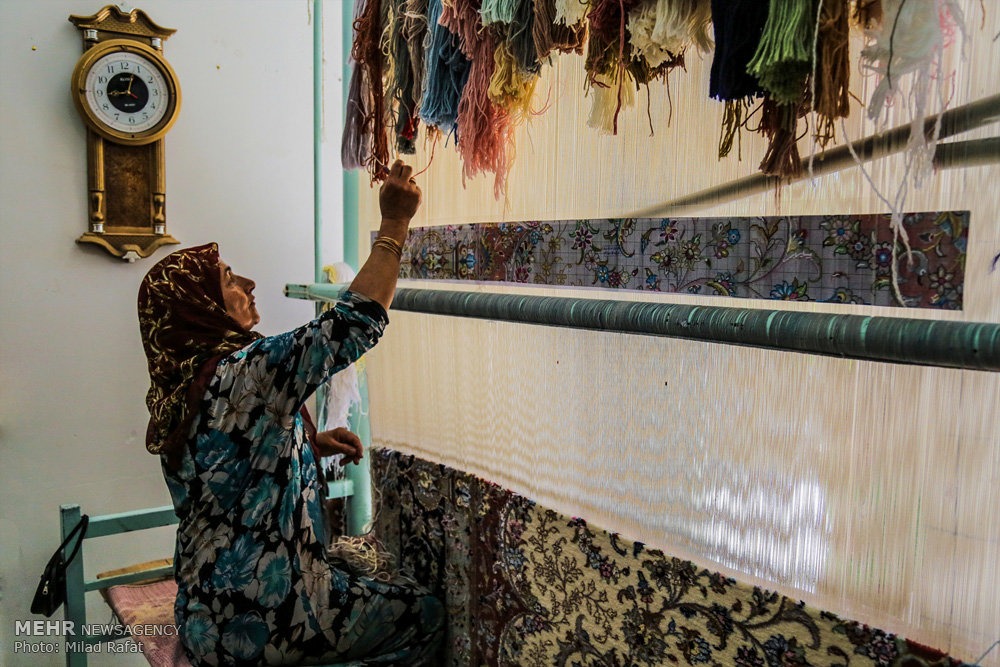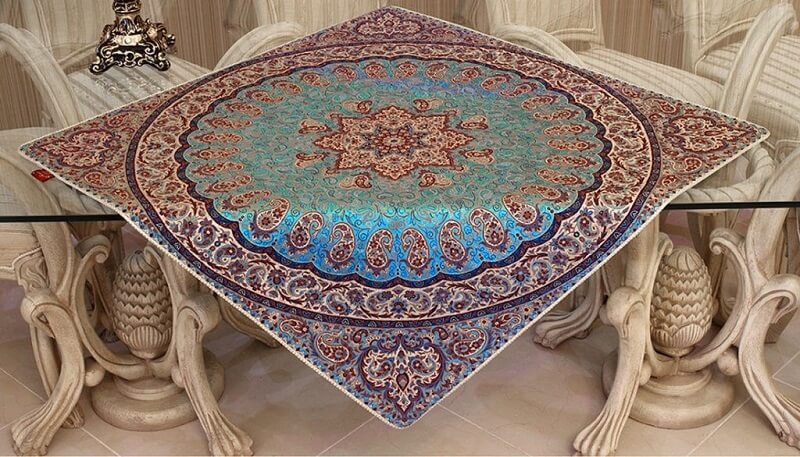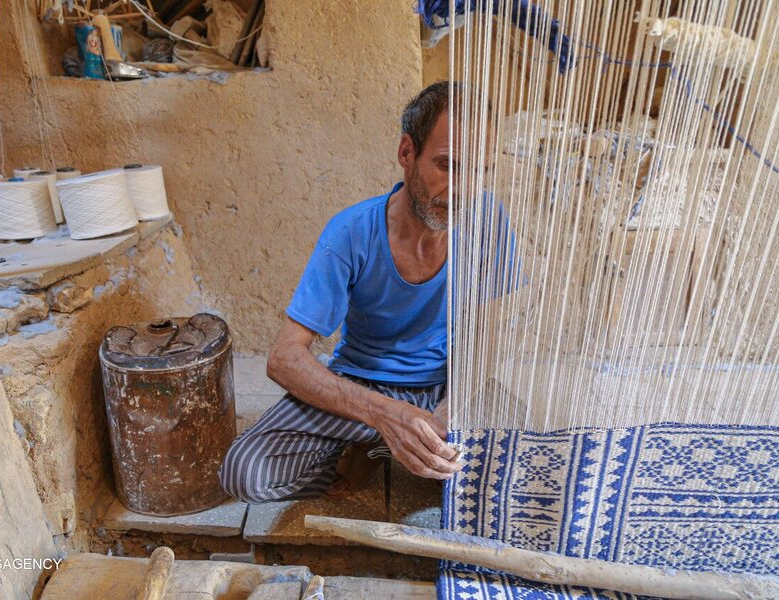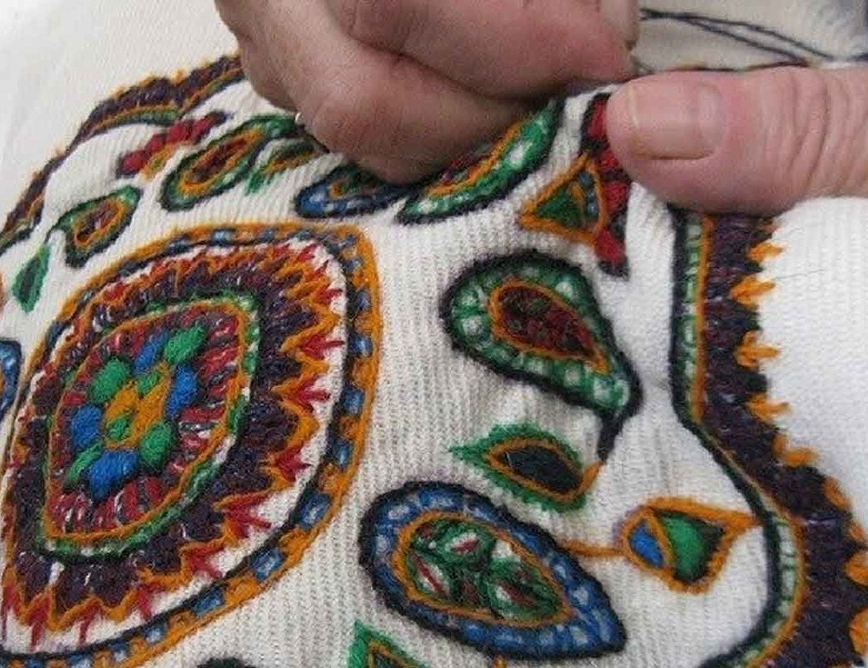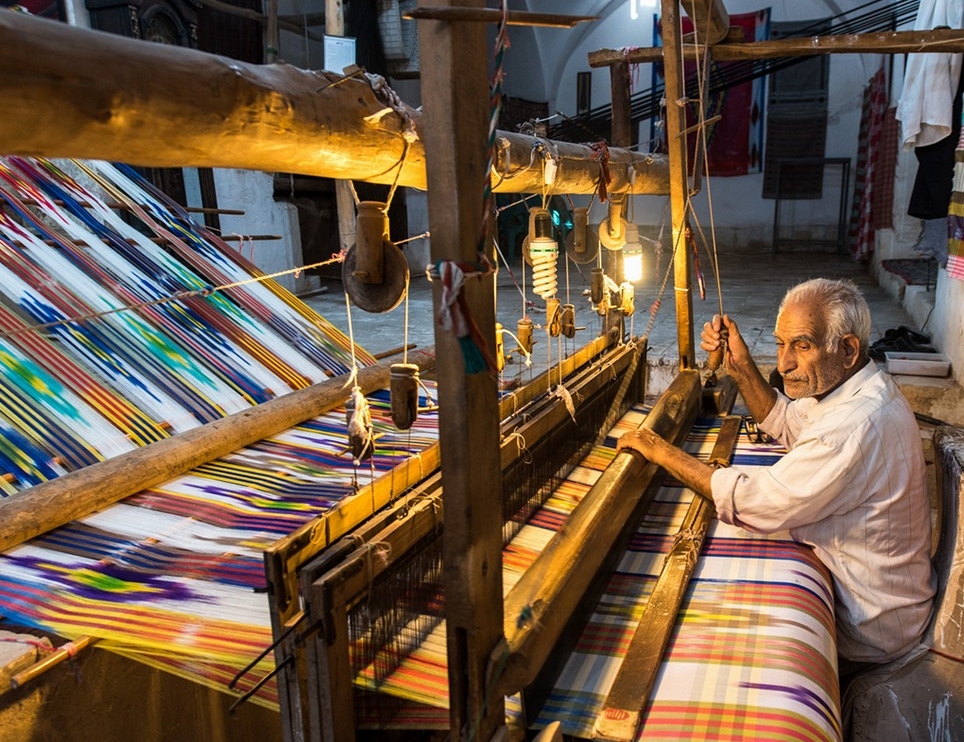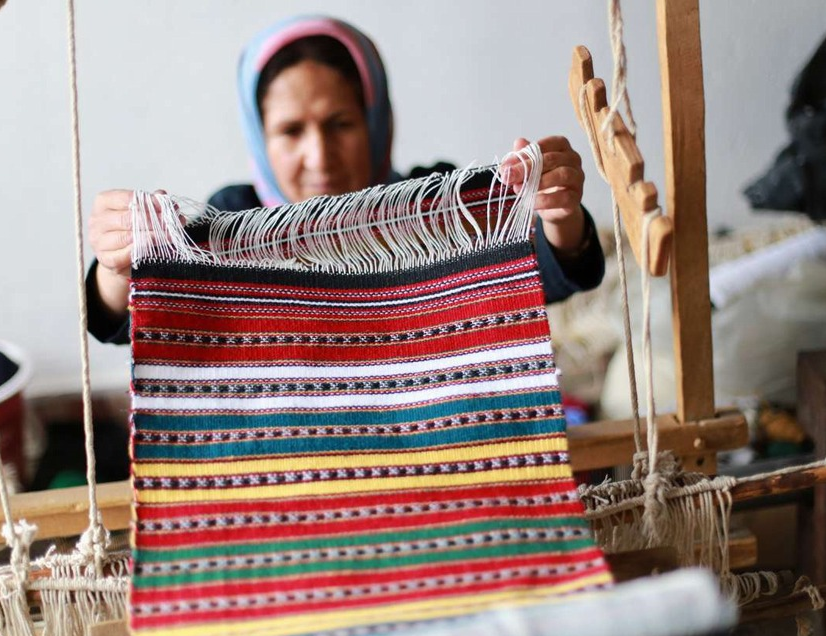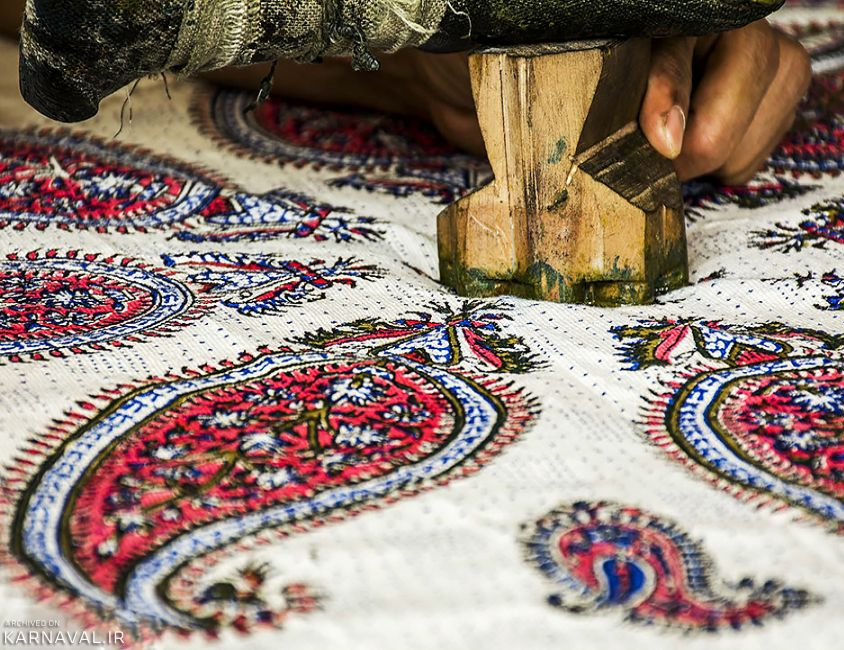
Iranian Silk
In the not-so-distant past, Iran was one of the main centers of breeding silkworms and producing silk fabrics. The silk industry is still active in some parts of Iran, and some of its products, such as silk carpets, are world-famous.
Silk Industry and Its History
Historians consider the Chinese to be the first people who discovered the method of silk extraction. According to them, silk thread and fabrics were produced in China more than four thousand years ago. Iran also has a long history of producing silk products. Some experts believe that Iran was an important center of silk production in the pre-historic era. In later periods, too, silk production in Iran had been very prosperous, such that the European travelogue writers who had traveled to Iran in the Middle Ages had mentioned the Iranian silk industry. In any case, Iranian silk has had a global reputation since the distant past. Iranian artisans produce silk of high purity, which is better compared to samples produced in other parts of the world.
The Traditional Method of Silk Production in Iran
In Iran, silkworm breeding is mainly done in the north of the country. Farmers who have mulberry trees in their fields build a structure called “Talanbar” next to their mulberry trees, which usually has an area between 10 and 30 square meters. Talanbar is between 1.5 and 2.5 meters high from the ground and it is the place where silkworms are fed with mulberry leaves to reach suitable conditions for silking. Silkworm eggs are stored for some time in wooden boxes in a dark and humid environment before being transferred to Talanbar. When the eggs turn into worms, they are transferred to the Talanbar where they are kept and fed for about 40 days until they turn into cocoons. After the worms have cocooned around themselves, they should be rather immediately separated from the mulberry leaves because, in the case of a delay in this stage, the worm will destroy the process by piercing the cocoon. After separating the cocoons from the leaves and before sending them for silking, the cocoons should be heated to dry what is inside. In the past, the cocoons were boiled in water for several hours, but today, the drying of the cocoons is done on platforms that are used for threshing rice and produce a lot of heat.
The processed cocoons are sent in large packages for silking, which is done in small home workshops and does not involve industrial structures and tools. After silking, the reeling stage takes place with the help of a plant called “Kalyab”, which grows in Yazd, Kerman, and Qom provinces. Since the silk fibers are stuck together after silking and have impurities, they use kalyab to refine it. In the past, they used to burn the kalyab in a pit and boil its ashes for 24 hours until it completely dissolved in water. Then they put the silk thread in this solution to clean it. Since silk thread turns cream in color in this stage and the consumers usually tend to use white or dyed yarn, the next step is whitening or bleaching the fibers. (Silk can be dyed if it has already been bleached) In ancient times, plant products were used to bleach silk through difficult processes, but today this is done using chemicals. Since 25% of the weight of silk is reduced in the course of reeling, materials such as iron, tin, and aluminum are added to it to make it more shiny and increase its weight.
After these steps, the fibers are used to make a fabric called “Sha’r”. If the silk is intended to be used in carpet production, it must be dyed. Traditional dyeing is also very tiring and precise. After dyeing, the fibers are used as raw materials for silk carpets.
National Inscription of Iran’s Silk Industry
Traditional technologies are one of the most important subgroups of intangible heritage. In the silk industry of Iran, five provinces are involved in different stages of the production chain of silk products:
• Gilan Province (the cities of Fuman, Astaneh-ye Ashrafiyeh, and Langarud): as the main center of silkworm rearing and breeding.
• Razavi Khorasan Province (Bayg city in Torbat-e Heydariyeh County): as the main center of silking.
• Isfahan Province (Kashan City): as the main center of reeling and sha’rbafi,
• Qom Province: as the main center of silk dyeing,
• East Azerbaijan Province (Tabriz): as the main center of silk carpet weaving.
Thus, the case of Iran’s silk industry was inscribed on the list of Iran’s intangible national heritage, with the names of these five provinces, in the year 2017 AD.
Some experts believe that Iran was an important center of silk production in the pre-historic era. In later periods, too, silk production in Iran had been very prosperous, such that the European travelogue writers who had traveled to Iran in the Middle Ages had mentioned the Iranian silk industry.
| Name | Iranian Silk |
| Country | Iran |
| Cities | |
| Works | Knitting, sewing and textile |
| Registration | National |
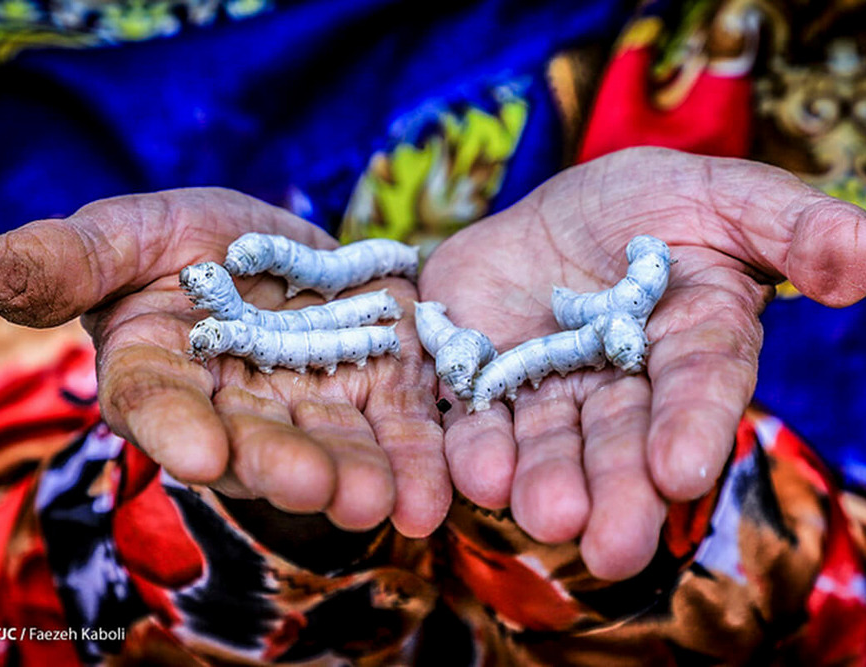
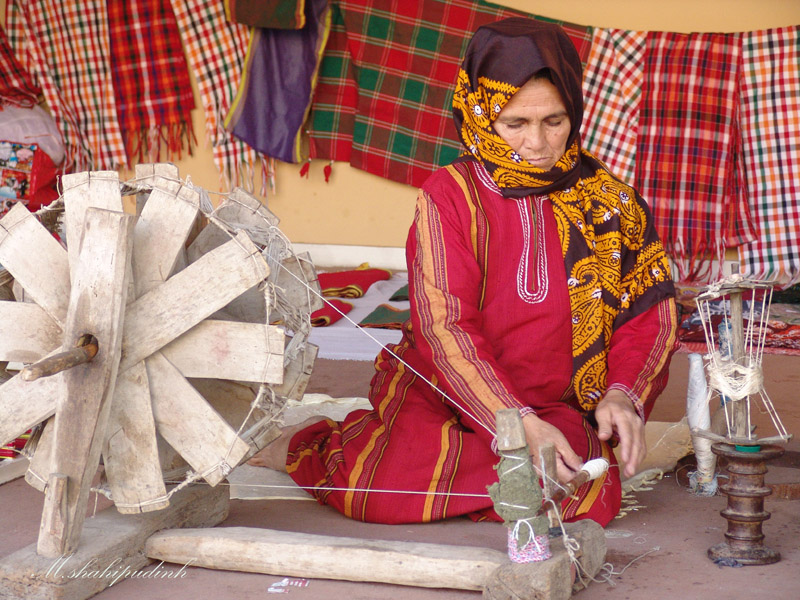
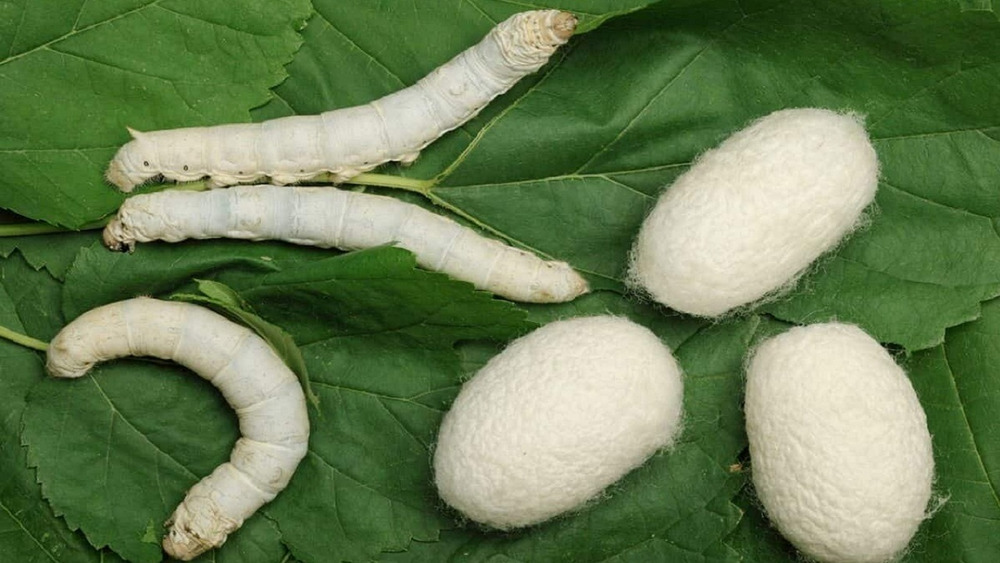



Choose blindless
Red blindless Green blindless Blue blindless Red hard to see Green hard to see Blue hard to see Monochrome Special MonochromeFont size change:
Change word spacing:
Change line height:
Change mouse type:

